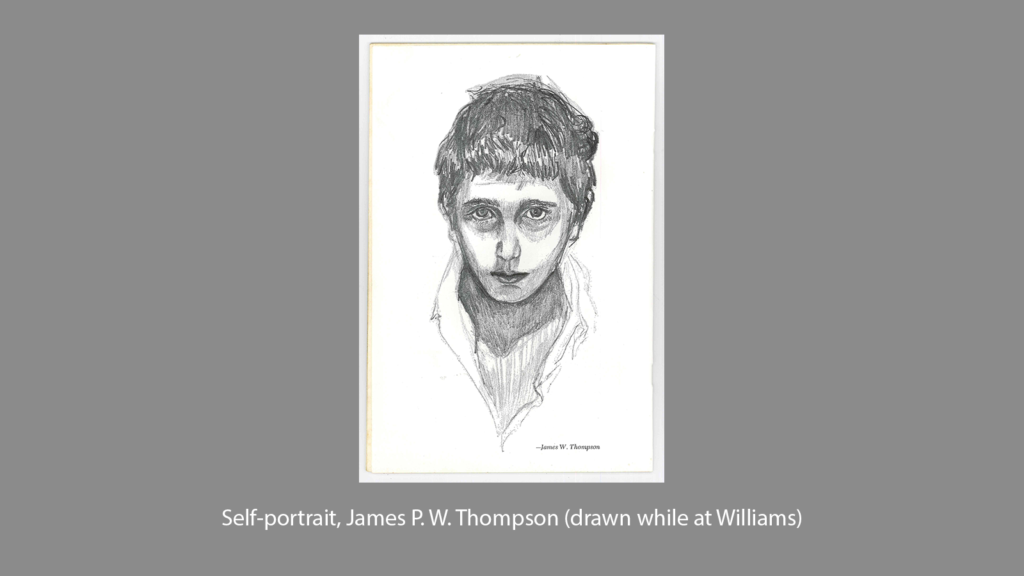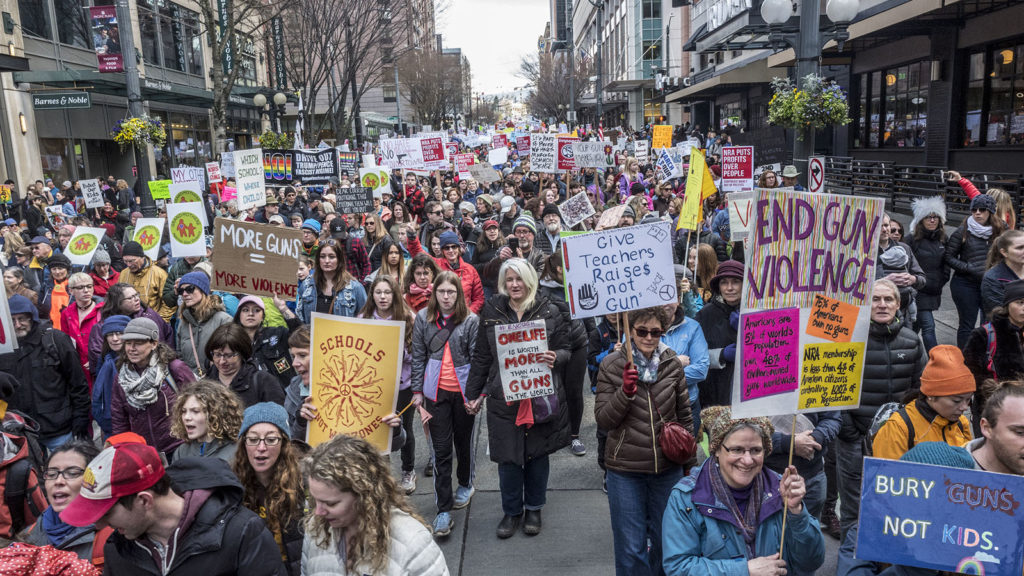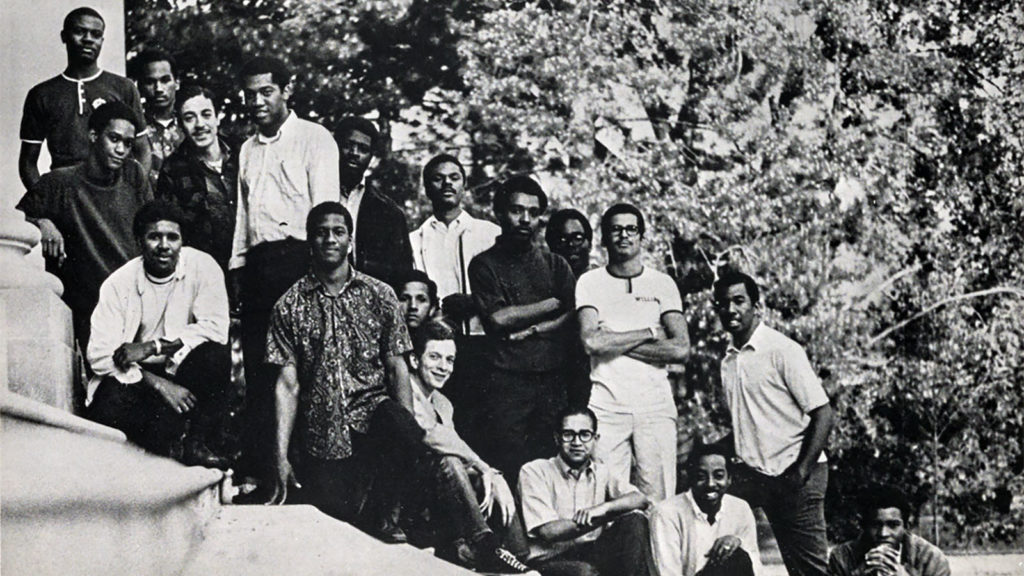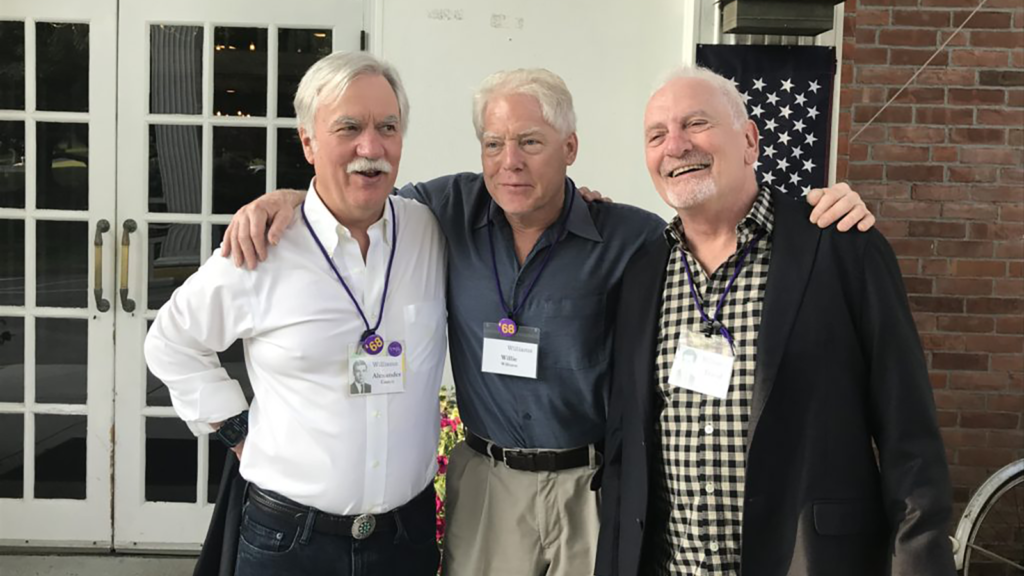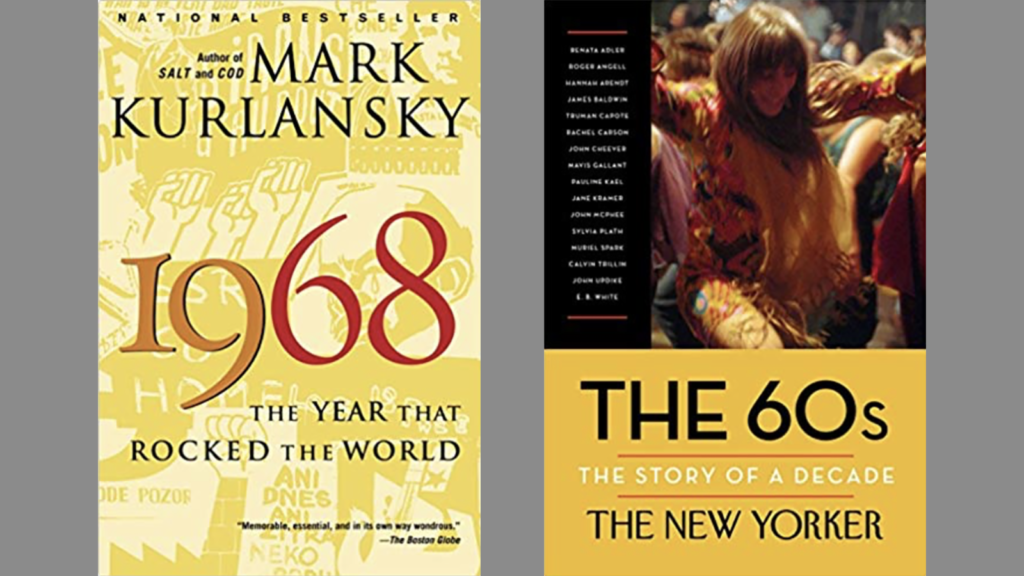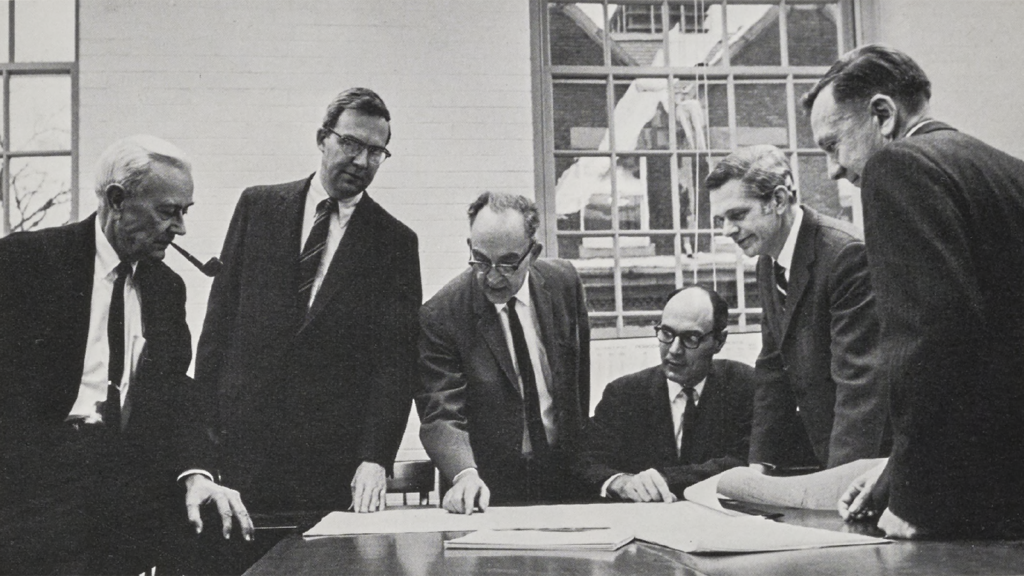Everybody who met Jim seemed to love him right away but fathoming the depths of his spirit could take a lifetime and I can only tell you what I know so far. I first met James P.W. Thompson on a golden autumn afternoon in1964 in the freshman quad at Williams College. I had driven up […]
Read articleFeatured articles, past and present…
Our War and Welcome to It
The Vietnam War — our war — always loomed just beyond the mountains. To serve or not to serve? Our choice — or pure chance in the draft lottery — still marks us. Ken Burns’ documentary “The Vietnam War” once again reminded us of those who lived and those who were lost, on both sides. […]
Read articleNever Again — commentary by Frank Reed
The late historian James MacGregor Burns, in his studies of political leadership, noted that throughout the decade of the 1960’s political leadership emanated from the bottom up, rather than from the top down. The civil rights movement, and later the anti-war movement, both started out with activism at the grass roots. He explained that it […]
Read articleThe Bittersweet History of Black Students in the Purple Valley
Black students at Williams refused to let their geographic isolation inure them to the historical changes taking place in the greater society. Instead, students of the classes of 1967-1970 sparked revolutions at Williams that changed the college forever.
Read articleSilk Road Incident (Willie Williams)
One thing I’ve discovered while writing these recollection pieces is that my memory has gaping holes. I’ve mentioned that I don’t remember whose idea the Comiskey Park incident was. And later, you’ll find I don’t remember whose idea the bus trip was. But here the hole is that I don’t remember going to college. Not being in college. I’ll write some about that. I don’t remember getting to college. I’m pretty sure my dad drove me. But I remember nothing about the drive, which must have taken two days. Is this from a faulty memory, or the wondrous subconscious? Did we discuss my future? Did Pop reminisce about his college days? I don’t remember.
Read articleThere’s something happening here: a critical review of recent studies of the 60s
Review by Ken Jackson
Mark Kurlansky. 1968: The Year that Rocked the World.
New York: Ballantine, 2004.
Jack Sawyer, the Visionary President We Hardly Knew
President John Sawyer was a distant figure to most of us, the more so because he was not the best of public speakers and seemed to have a certain reserve in gatherings. It was rather paradoxical, really, on a campus where the Mark Hopkins ideal of professors and students engaging in lively discussion in a very personal educational process was the norm.
Read article
